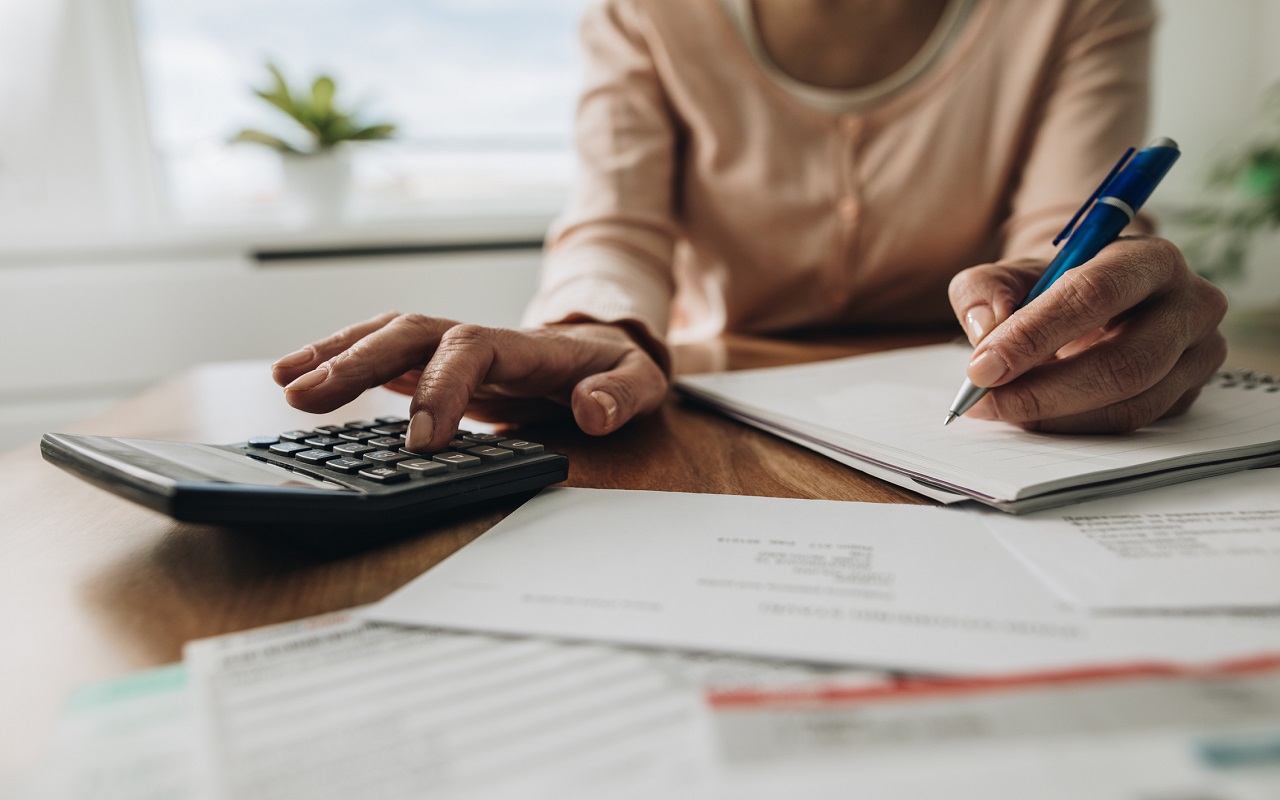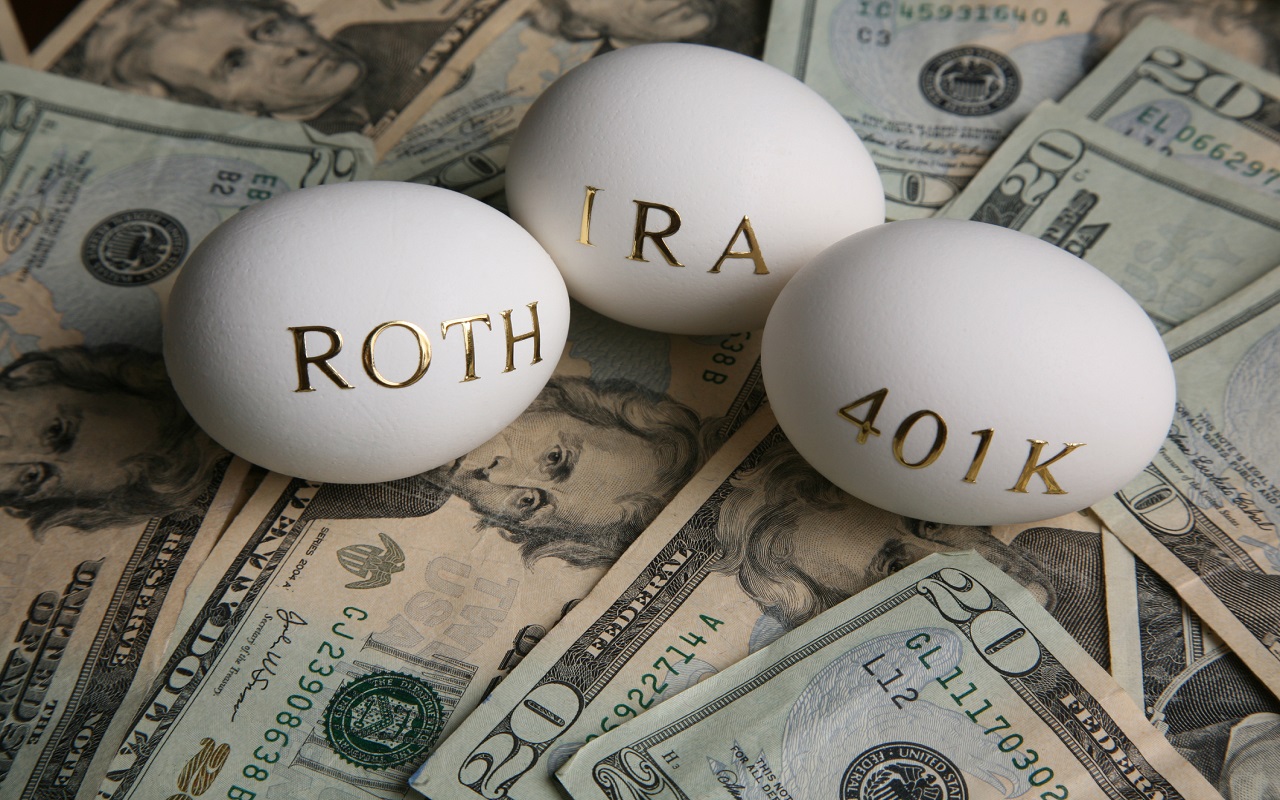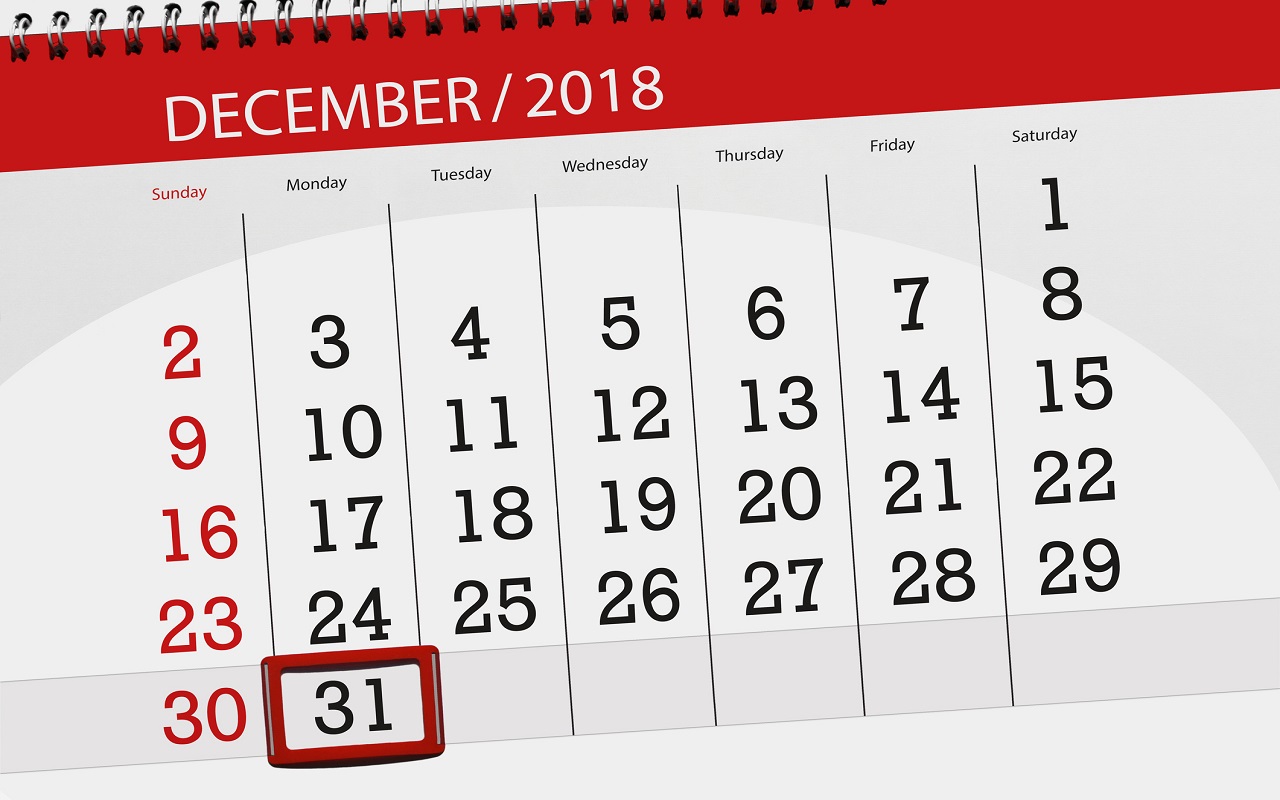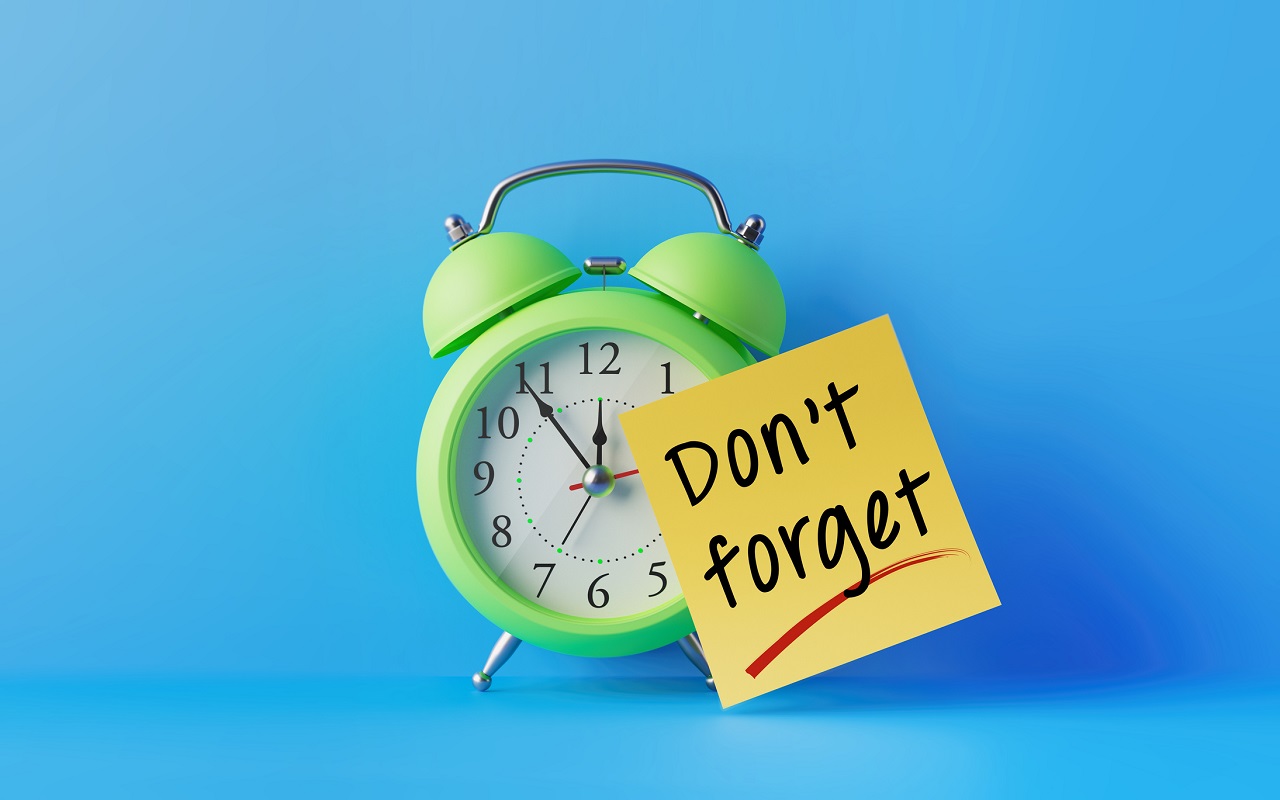10 Smart Steps to Minimize Taxes and Penalties on Your RMDs
After you turn age 70½, you need to start taking required minimum distributions from your IRAs and 401(k)s every year.


After you turn age 70½, you need to start taking required minimum distributions from your IRAs and 401(k)s every year. But the calculations and rules can be complicated, and you’ll be hit with a penalty if you make mistakes.
Here are 10 smart RMD moves to help you minimize taxes, meet deadlines and avoid penalties when you make these mandatory withdrawals from your retirement savings.

Calculate the Right Amount
Your RMDs are based on the balance in your accounts as of December 31 of the previous year, divided by a life expectancy factor based on your age. Most people use the Uniform Lifetime table (Table III) in Appendix B of IRS Publication 590-B. You can also use our RMD calculator to determine the amount.
However, if your spouse is more than 10 years younger than you and is your sole beneficiary, use Table II, the Joint Life and Last Survivor table in IRS Publication 590-B, for the life expectancy factor.

Take the Money From the Right Accounts
The rules about which account to tap for the withdrawal are different for IRAs and 401(k)s. If you have several traditional IRAs, you add up the total RMDs required from all of them, and then you can withdraw the money from one or more of the accounts. (You do not have to take RMDs from Roth IRAs.)
But if you have several 401(k)s, you have to calculate the RMD for each of them and withdraw the money separately from each account. Also, you can’t take IRA required distributions from a 401(k) or vice versa.

Consider Taking Your First RMD by December 31
You have to take RMDs each year after you turn age 70½. You have extra time to take that first RMD—until April 1 of the year after you turn 70½. But if you delay the first withdrawal, you’ll also have to take your second RMD by Dec. 31 of the same year. Because you’ll have to pay taxes on both RMDs (minus any portion from nondeductible contributions), taking two RMDs in one year could bump you into a higher tax bracket.
It could also have other ripple effects, such as making you subject to the Medicare high-income surcharge if your adjusted gross income (plus tax-exempt interest income) rises above $87,000 if you’re single or $174,000 if married filing jointly. (Note: Those are the income thresholds for determining 2020 surcharges, which were raised for the first time since 2011.) See When Do I Have to Take My First RMD calculator for help.

Know When You Don’t Need to Take an RMD
If you’re over 70½ and still working, you don’t need to take an RMD from your current employer’s 401(k) yet (unless you own more than 5% of the company). But you still need to take RMDs from traditional IRAs and any old 401(k)s you have from former employers.

Don’t Wait Until the Last Minute
You must make your RMD by December 31, and it’s best not to wait until the last minute. It can take a little while for your IRA or 401(k) administrator to process the request. Plus, you need to leave enough time for any trades to settle so there’s enough cash for the withdrawal—especially around the holidays, when the markets are closed or close early. “We suggest moving forward in the beginning to mid December,” says Keith Bernhardt, vice president of retirement income at Fidelity.

Consider Automating Your RMDs
One way to avoid missing RMD deadlines is to ask your IRA or 401(k) administrator to send your RMD automatically. You may be able to sign up to receive the money monthly, quarterly or by the end of the year.

Choose the Best Investments to Withdraw
Find out how the administrator determines which investments to sell. Some IRA or 401(k) administrators automatically take the RMD money pro rata from each of your investments unless you specify otherwise, and they could end up selling stocks or funds at a loss to make your payment. You could elect a fixed percentage from a few investments or have 100% taken from cash.
If you choose the cash option, the IRA administrator may need to send you an alert beforehand in case you need to sell shares first to come up with enough cash.

Give RMDs to Charity Tax-Free
After you turn 70½, you can give up to $100,000 from your IRA to charity tax-free each year, which counts as your RMD but isn’t included in your adjusted gross income. If you don’t need the money to live on, this is one way to get a tax break for your charitable gift.
There usually isn’t a limit to the number of charities you can support. You have to transfer the money directly from the IRA to the charity for it to count (called a “qualified charitable distribution”). The procedure varies by IRA administrator. See the Rules for Making a Tax-Free Donation From an IRA for more information.

Convert Money From a Traditional IRA to a Roth to Eliminate Future RMDs
If you convert money from a traditional IRA to a Roth, you’ll pay taxes on the conversion (minus any portion from nondeductible contributions). But thereafter the money will grow tax-free and not be subject to future RMDs. However, if you’re 70½ or older when you convert, you won’t avoid the RMDs entirely—you must take that year’s RMD before you can make the conversion. See Converting a Traditional IRA to a Roth in Retirement for more information.

Reduce Your RMD With a QLAC
One way to remove some money from your RMD calculations is to invest in a Qualified Longevity Annuity Contract (QLAC). You can invest up to 25% of your traditional IRA balance (up to $130,000 in 2019, increasing to $135,000 in 2020) in this special deferred-income annuity at any age and have the annuity pay out lifetime income starting many years in the future.
You have to pay taxes when you start receiving the payouts, but you can delay payouts until your seventies or early eighties (the longest you can wait before receiving QLAC payouts is age 85). At that point, you’ll receive income each year for the rest of your life. You’ll receive the largest amount each year if you get a QLAC that stops making payments when you die.
Or you could receive smaller annual payouts with a “life with cash refund,” which returns the balance of the investment to your beneficiary if you die before receiving at least as much as you invested. For more information about QLACs, see A Tax-Friendly Way to Get Income for Life.
Get Kiplinger Today newsletter — free
Profit and prosper with the best of Kiplinger's advice on investing, taxes, retirement, personal finance and much more. Delivered daily. Enter your email in the box and click Sign Me Up.

As the "Ask Kim" columnist for Kiplinger's Personal Finance, Lankford receives hundreds of personal finance questions from readers every month. She is the author of Rescue Your Financial Life (McGraw-Hill, 2003), The Insurance Maze: How You Can Save Money on Insurance -- and Still Get the Coverage You Need (Kaplan, 2006), Kiplinger's Ask Kim for Money Smart Solutions (Kaplan, 2007) and The Kiplinger/BBB Personal Finance Guide for Military Families. She is frequently featured as a financial expert on television and radio, including NBC's Today Show, CNN, CNBC and National Public Radio.
-
 Stock Market Today: Stocks Gain on Tech, Auto Tariff Talk
Stock Market Today: Stocks Gain on Tech, Auto Tariff TalkThe Trump administration said late Friday that it will temporarily halt tariffs on some Chinese tech imports.
By Karee Venema
-
 Sam's Club Plans Aggressive Expansion: Discover Its New Locations
Sam's Club Plans Aggressive Expansion: Discover Its New LocationsSam's Club expansion plans will open up to 15 new stores each year. Learn where they plan to open in 2025.
By Sean Jackson
-
 What to Do With Your Tax Refund: 6 Ways to Bring Growth
What to Do With Your Tax Refund: 6 Ways to Bring GrowthUse your 2024 tax refund to boost short-term or long-term financial goals by putting it in one of these six places.
By Rachael Green
-
 What Does Medicare Not Cover? Eight Things You Should Know
What Does Medicare Not Cover? Eight Things You Should KnowHealthy Living on a Budget Medicare Part A and Part B leave gaps in your healthcare coverage. But Medicare Advantage has problems, too.
By Donna LeValley
-
 12 Great Places to Retire in the Midwest
12 Great Places to Retire in the MidwestPlaces to live Here are our retirement picks in the 12 midwestern states.
By Stacy Rapacon
-
 10 Cheapest Small Towns to Live In
10 Cheapest Small Towns to Live InThe cheapest small towns might not be for everyone, but their charms can make them the best places to live for plenty of folks.
By Dan Burrows
-
 15 Reasons You'll Regret an RV in Retirement
15 Reasons You'll Regret an RV in RetirementMaking Your Money Last Here's why you might regret an RV in retirement. RV-savvy retirees talk about the downsides of spending retirement in a motorhome, travel trailer, fifth wheel or other recreational vehicle.
By Bob Niedt
-
 The Cheapest Places To Retire in the US
The Cheapest Places To Retire in the USWhen you're trying to balance a fixed income with an enjoyable retirement, cost of living is a crucial factor to consider.
By Stacy Rapacon
-
 The Six Best Places to Retire in New England
The Six Best Places to Retire in New Englandplaces to live Thinking about a move to New England for retirement? Here are the best places to land for quality of life, affordability and other criteria.
By Stacy Rapacon
-
 13 Smart Estate Planning Moves
13 Smart Estate Planning Movesretirement Follow this estate planning checklist for you (and your heirs) to hold on to more of your hard-earned money.
By Janet Kidd Stewart
